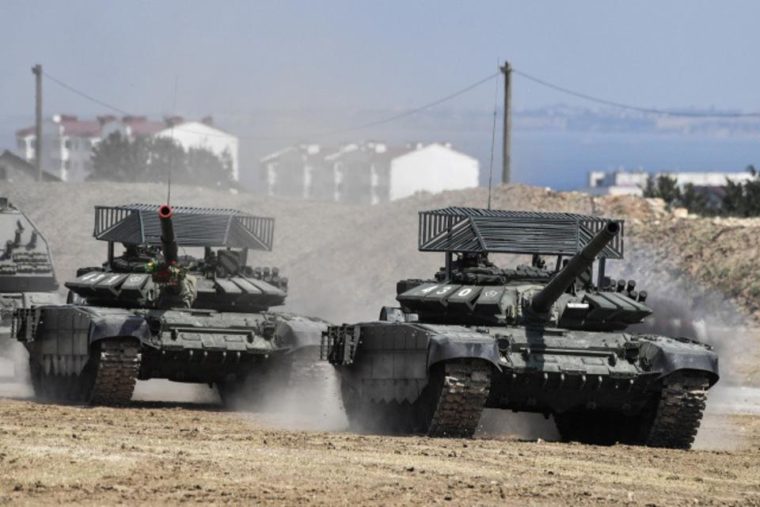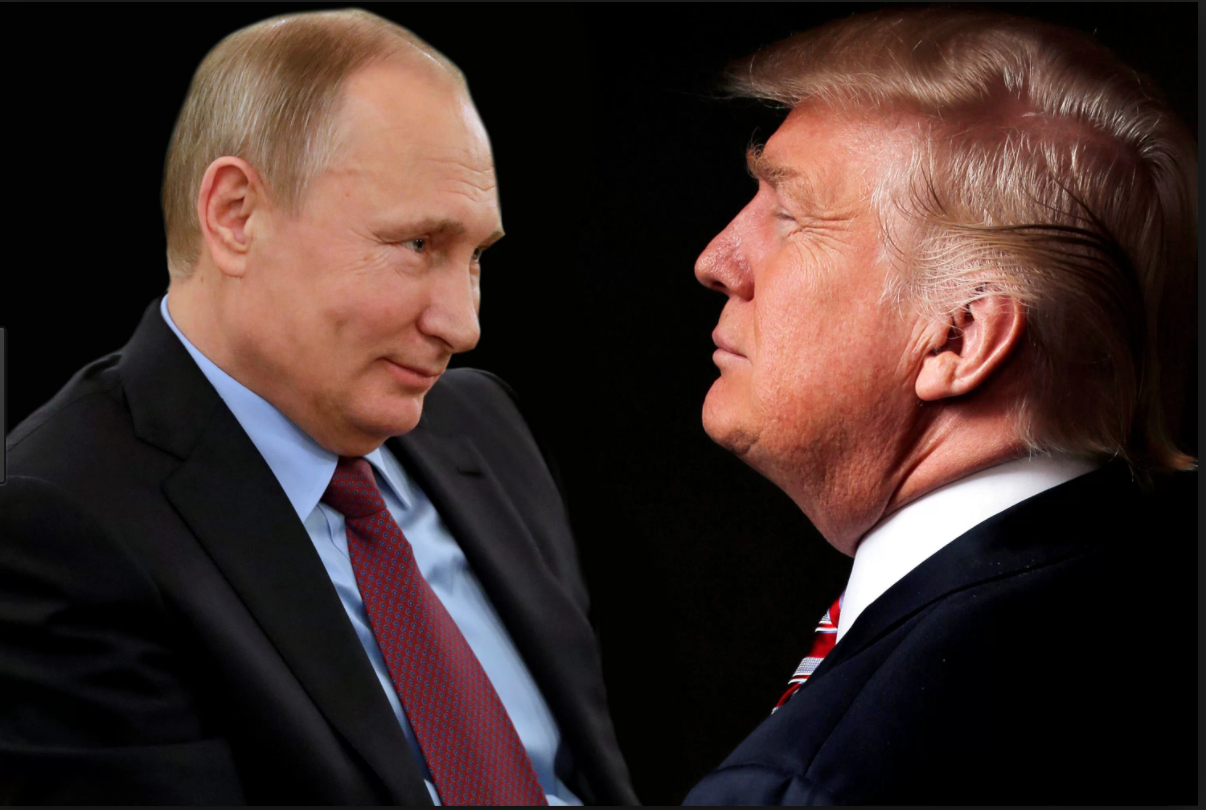Russia is “attempting to maintain its global role with military threats to undermine the status quo at any time and in any place on the globe,” Lilia Shevtsova says, an approach designed to “compensate for its inability to secure the rebirth of Russia on the basis of internal change.”

That is an entirely different strategy than the ones being employed by the United States
and China and reflects Russian weakness rather than strength, however bombastic the Kremlin’s threats appear and however effective keeping other powers uncertain and off balance, the Russian commentator says.
That means that Moscow simultaneously threatens aggression – between 2013 and 2020, about 3,000 military incidents occurred between Russia and NATO – and conducts negotiations with others who simply do not know what the Russian government may in fact do next, Shevtsova says.
It has shown itself “ready to break windows,” and in addition, there are some more worrying “’side effects’” of the Kremlin’s approach both domestically and internationally, Shevtsova says.
- First of all, “such a policy undermines the survival of the Russian rentier class on account of its shift of resources to the West,” and because of the central role of that class in Putin’s system, this creates problems for him.
- “Second, problems involving the use of the West as a resource for the Russian state arise. And third, the West is forced to begin militarization.”
And all of these things raise what is increasingly “a rhetorical question.” Is Russia really benefiting from its policy or is it falling further and further behind the US and China, with the former securing the armament of Europe and the latter happy enough to have Russia make it look good by comparison?
Read More:
- Coercing Ukraine into neutrality: the politics behind Russia’s military threat to Ukraine
- Threat of major Russian military operation against Ukraine and West hasn’t disappeared, Felgengauer says
- Pandemic prompting Russia to reaction, isolation, and decay, Shevtsova says
- Shevtsova: Kremlin’s ‘obsession’ with Ukraine crippling Russia
- Ukraine has gotten over Russia but Russia hasn’t gotten over Ukraine, Shevtsova says





